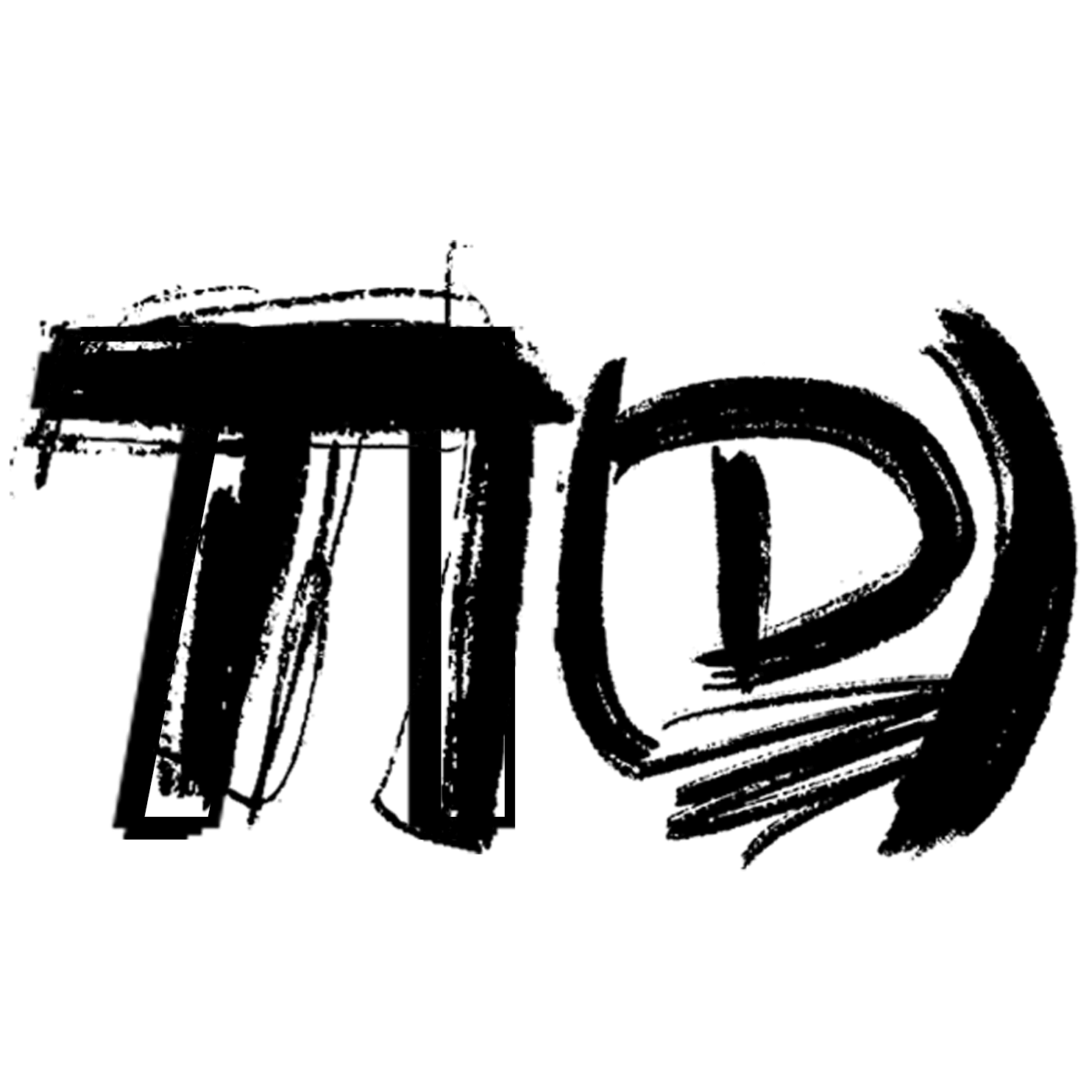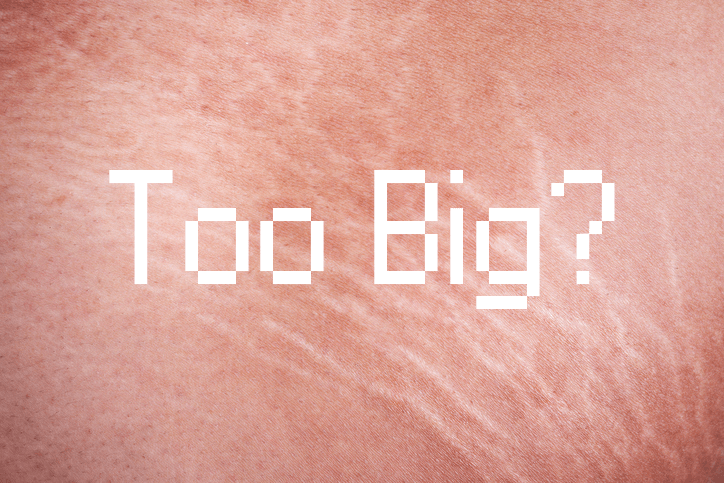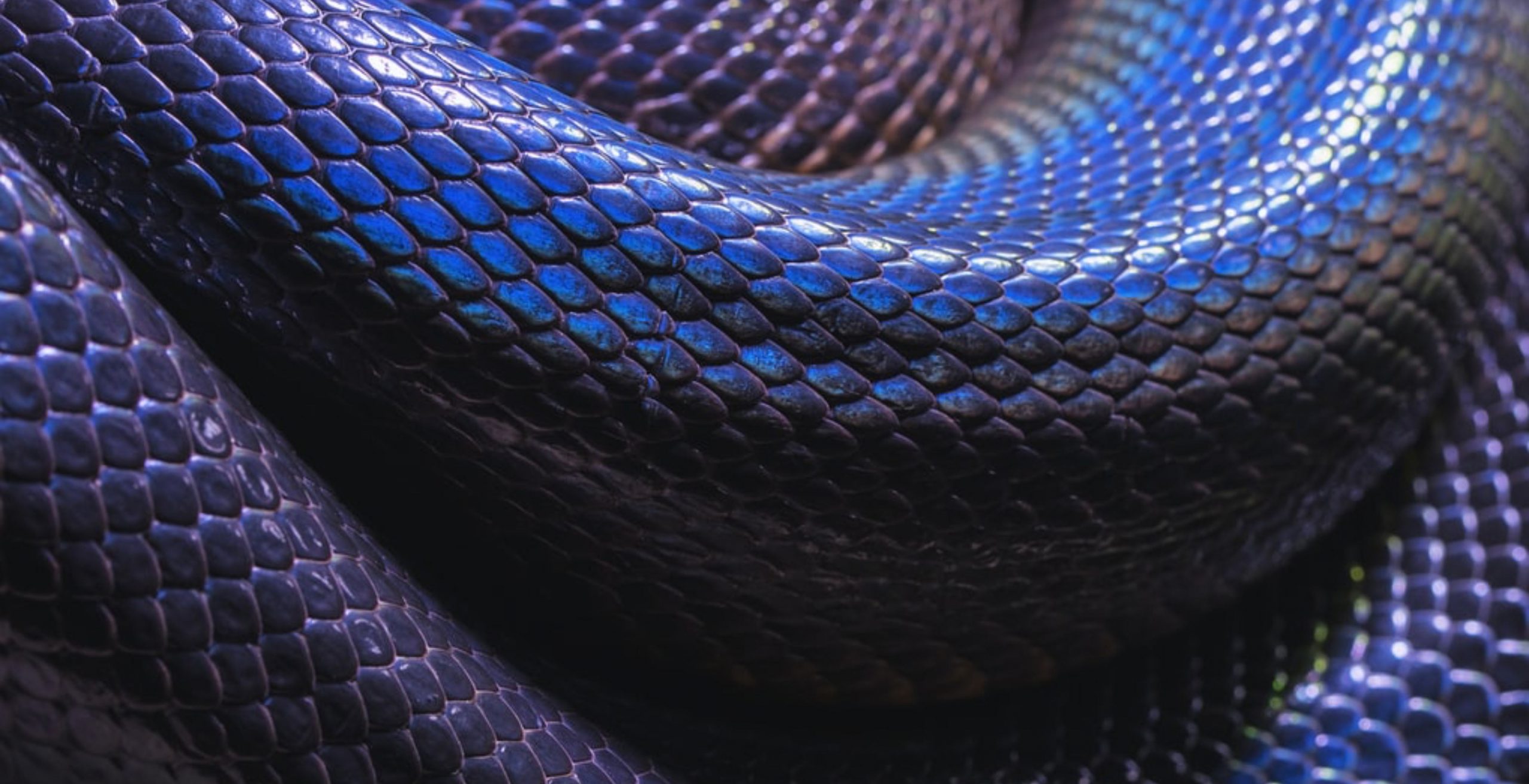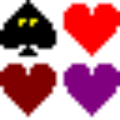Between Fantasy and Reality: Studio Ghibli’s New Book Explains it All
In 2014, there were rumors circulating about the possible closure of Studio Ghibli. This news didn’t come as a shock, considering that director Hayao Miyazaki had announced his retirement at the age of 73, after a lifetime leading one of Japan’s most prestigious production studios. However, both the rumors and the official announcement were far from reality. In fact, the studio was gearing up to continue crafting its mythical worlds, and Miyazaki himself had a new idea for a feature in the works.
Since Miyazaki’s second declaration about leaving the studio, a lot has transpired. Not only has Ghibli continued to release films under Miyazaki’s guidance, including “The Red Turtle” in 2016, “Earwig and the Witch” (Ghibli’s first 3D movie) two years ago, and the upcoming “How Do You Live?” planned for next year, but the studio has also been catering to its fandom more than ever before. Ghibli enthusiasts can now immerse themselves in the fantastic world of Ghibli through the recently released book, “Studio Ghibli: The Complete Works.“
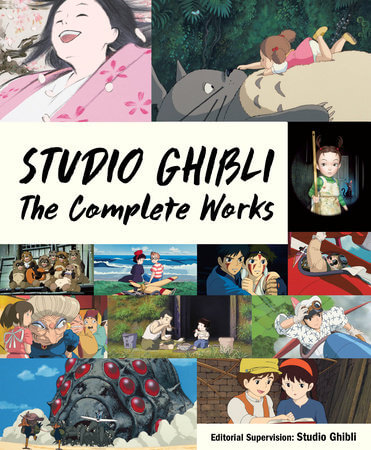
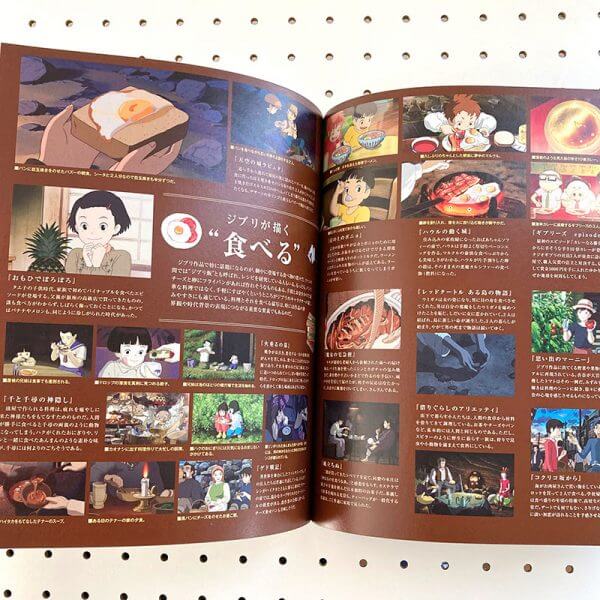
True to its name, “Complete Works” is a comprehensive guide that delves into how Studio Ghibli approaches creativity and its commitment to storytelling and the creation of anime characters and universes since the studio’s inception in 1985 by Miyazaki and Takahata. This book covers all 26 Ghibli films, including the yet-to-be-released “Earwig and the Witch.” It provides introductions to the stories, characters, creative development, commentary, interviews with directors, sources of inspiration, and even recommended books. As expected, the imagery within the book reflects the distinct Ghibli style—extraordinary, visually stunning, and immersive—bringing to life stories that gracefully blend fantasy and reality.
Consider this book as Ghibli’s behind-the-scenes treasure trove, offering readers a revitalizing glimpse into the purpose and trajectory of this renowned anime studio. Through its mystical worlds, mythical figures, and enchanting narratives, Ghibli’s films reveal what it means to grow up in a modern society, distanced from the natural world, while also challenging and reframing our own purpose as humans. “Studio Ghibli: The Complete Works” is an absolute must-have for fans, as well as for those who revisit these films and continuously discover new layers of meaning. The book was initially released in Japan on April 21 last year and recently became available in English just a couple of days ago, on December 6.
Studio Ghibli has garnered numerous awards and critical acclaim over the years. “Spirited Away,” for instance, won the Golden Bear for Best Feature Film at the Berlin International Film Festival and the Academy Award for Best Animated Feature Film in 2002, followed by an Oscar for Best Animated Film in 2003. Alongside globally recognized classics such as “Princess Mononoke” and “My Neighbor Totoro,” Ghibli’s films were nominated for the Academy Award for Best Animated Feature Film for four consecutive years, from 2013 to 2016.
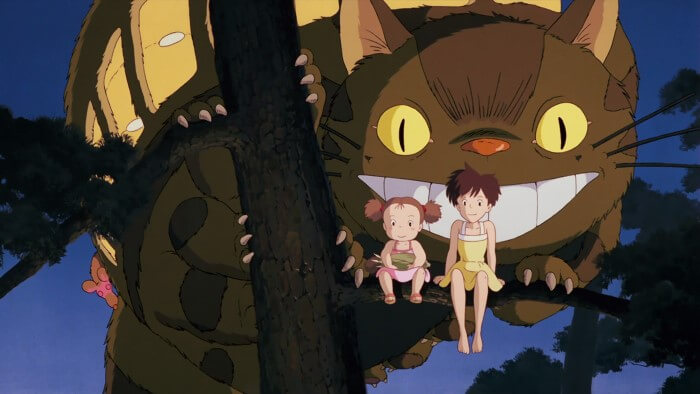
However, films and the official book are not the only avenues through which one can experience Ghibli’s captivating universe. Unofficial cookbooks inspired by the meals seen in Ghibli’s animated films have been available on the market for years, while the studio itself continues to produce various official formats. For instance, the Ghibli Museum has been delighting visitors since 2001, and a Ghibli theme park opened its doors in Japan just a few weeks ago. Ghibli’s beauty and boundless imagination continue to expand, providing us with multiple opportunities to delve into the passionate minds of the visionary animators behind these enchanting worlds. So, get your hands on the book and embark on an unforgettable journey!






